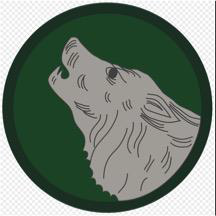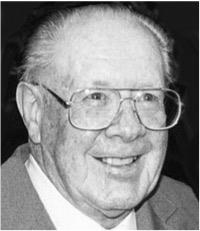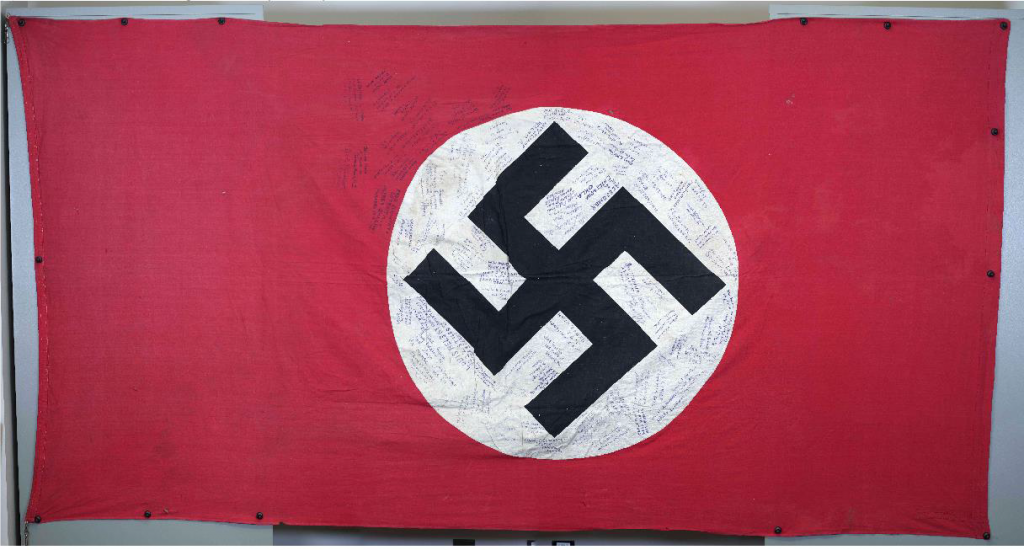Harry Butcher, A 104th Infantry Division Timberwolf Who Met the Red Army at the Elbe River on 26 April 1945
by John M. Hartvigsen

There was little to recommend 20-year-old Harry to become a soldier. At five foot six and one hundred and twenty-six pounds, Harry’s red hair and freckles didn’t give him the appearance of a warrior any more than did his kind-hearted demeanor, which didn’t really fit his last name, Butcher. Nevertheless, it was December of 1942 and Harry found himself assigned to the U.S. Army’s 104 Infantry Division known as the Timberwolves.
A sheet metal worker as a civilian, Harry was assigned as a wireman, and he did his job while watching out for the group of newly arrived eighteen-year-old kids he led. If running wire from foxhole to foxhole was too dangerous to send one of the boys, Harry did it himself. The Bronze Star citation he received attests to his bravery, but he also had a streak of stubborn independence that marks U.S. soldiers. 104Infantry Division Patch

As is common with many World War II veterans, Harry didn’t tell his family much about his wartime experiences. Yet, the wartime service of the 104th Division speaks for itself. Service during the Battle of Hurtgen Forest proved long, muddy and cold. The longest battle of the war, Hurtgen Forest was followed immediately by the better-known Battle of the Bulge. Harry and his wire laying team made their way through German sentries to avoid capture. Harry was with the 104th when they liberated the Nazi Concentration Camp at Nordhausen, and the horror encountered there was not a memory he wished to recall.
Harry Butcher
The 104th Division fought its way east across Germany and found itself patrolling along the Elbe River when the Red Army encamped on the other bank. Harry told his family that the U.S. forces maintained military discipline on the Elbe’s western side, but the Red Army was wild in its celebration.
The U.S. soldiers had orders to stay on their side of the river, but here Harry’s stubborn independent streak showed itself. Private Butcher had a war souvenir, a Nazi flag of the Third Reich, and he wanted to take it to the Red Army side of the river and get Russian soldiers to sign it. Harry canvased soldiers in his area looking for someone who spoke Russian. When successful, he convinced his fellow soldier to accompany him across the bridge at Pretzsch to the Mauken side where the Red Army was encamped. It must have been a wild scene as the two U.S. solders met their Russian allies. The pair managed to get only a few signatures before U.S. M.P.’s apprehended them and transported them back to the western side of the river. Whether Harry’s punishment was a stern warning or some extra duty, we don’t know, but when he was able he had fellow members of the 104th Timberwolves sign his flag, which with signatures from soldiers of both armies, was transformed from a usual war souvenir into a relic of a signal event of the war.

Not a simple souvenir, but a wartime relic of when West met East at Germany’s Elbe River during closing days of WWII.
The meeting of U.S. and Soviet forces at the Elbe River marked the fast approach of the War’s end. April 26th of 1945 is a date that has been celebrated and was even promoted to become a holiday. World War II ended two weeks later on May 8th, and the 104th was returned to the U.S. to await deployment to the Pacific Theater, perhaps for an invasion of Japan. However, the dropping of two atomic bombs saved Harry and the 104th Infantry Division from continued wartime service. Harry returned home to become a loving father and grandfather. He told his family very little about the War and the flag remained stored in the closet.
Today, the 104th Infantry Division continues as the 104th Training Division of the U.S. Army Reserves and is stationed at Fort Lewis Washington. Noncommissioned Officers and Drill Sergeants are trained to provide leader for the Army Reserves in today’s Timberwolf Division. It is said that the Division’s only wartime service was during World War II, but that service brought American citizen soldier to the heart of conflict, where they proved their worth. Many, like Harry Butcher have a streak of stubborn independence, and that gives U.S. Armed Forces the edge in conflicts.
